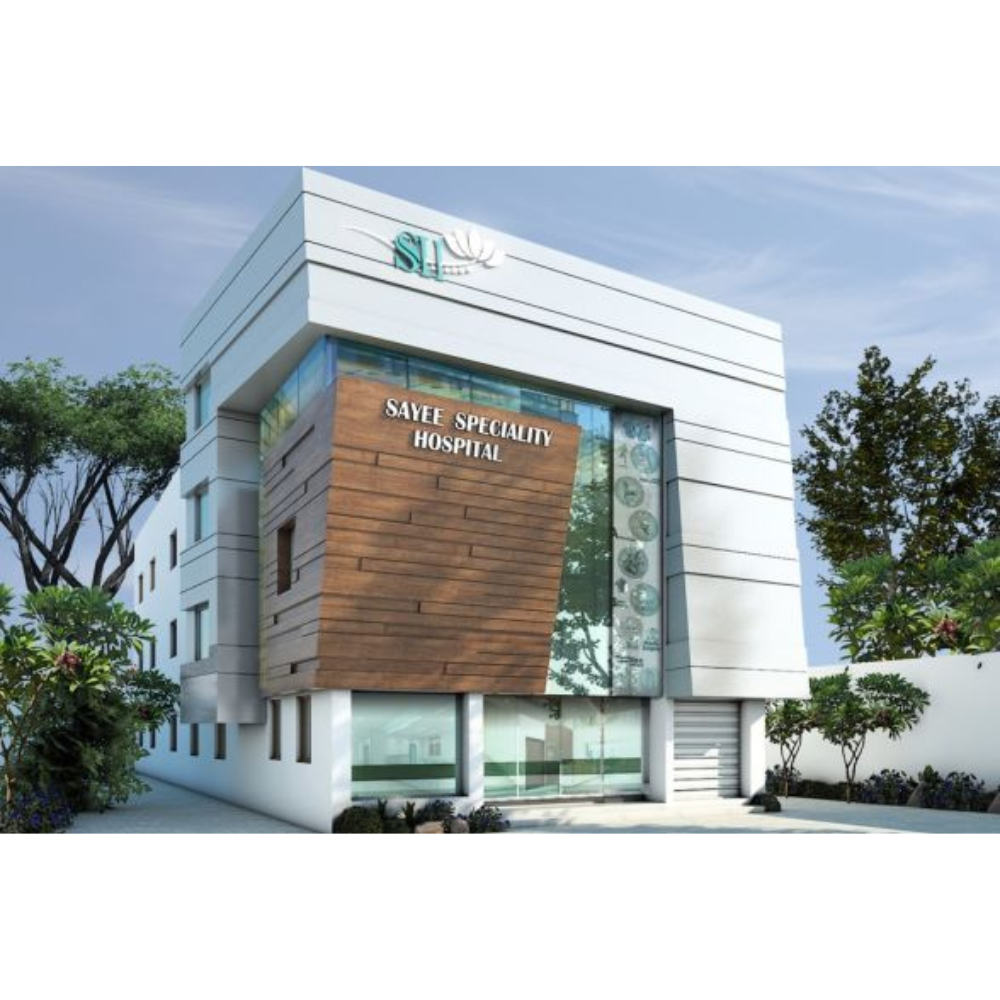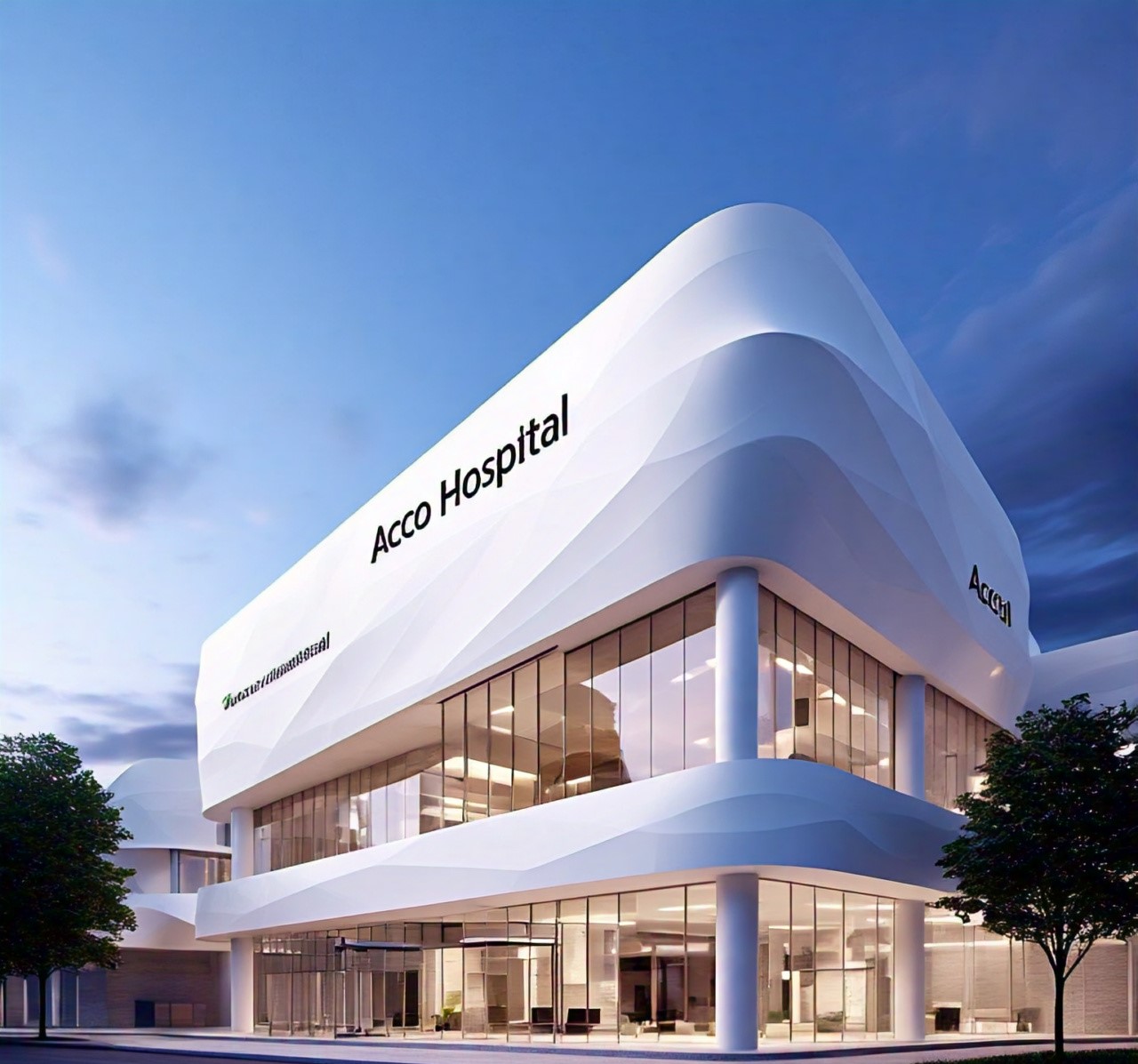
Affordable Hospital Design in Iran: Cost-Effective Healthcare Solutions
Affordable Hospital Design in Iran: Cost-Effective Healthcare Solutions
Designing affordable hospitals in Iran involves balancing cost-efficiency with high-quality healthcare delivery. By implementing cost-effective design strategies and materials, healthcare facilities can be both budget-friendly and functional. Here’s a guide to achieving affordable hospital design while maintaining standards of care.
1. Modular and Prefabricated Construction
Strategy: Modular and prefabricated construction methods can significantly reduce building costs and construction time.
- Prefabricated Modules: Use prefabricated units for patient rooms, administrative offices, and other hospital areas. These modules are manufactured off-site and assembled on-site, reducing labor costs and construction time.
- Standardized Designs: Implement standardized designs for hospital wards and rooms to streamline the building process and reduce design and engineering costs.
2. Efficient Space Utilization
Strategy: Maximize space efficiency to reduce construction and operational costs.
- Flexible Spaces: Design multipurpose rooms that can be adapted for various uses, such as converting administrative areas into patient care units as needed.
- Compact Layouts: Use space-efficient layouts to minimize the building’s footprint and reduce construction and maintenance costs.
- Vertical Expansion: Consider vertical rather than horizontal expansion to maximize land use and reduce costs associated with larger plots.
3. Cost-Effective Building Materials
Strategy: Choose affordable yet durable building materials to reduce construction costs.
- Local Materials: Use locally sourced materials to lower transportation costs and support the local economy. Materials like locally produced bricks, concrete, and stone can be both cost-effective and durable.
- Low-Cost Finishes: Opt for cost-effective finishes that still meet hygiene and durability standards. For example, vinyl flooring and modular wall panels can be affordable alternatives to more expensive materials.
4. Energy Efficiency
Strategy: Incorporate energy-efficient design features to reduce long-term operational costs.
- Passive Design: Utilize passive design strategies such as natural ventilation, shading, and daylighting to reduce the need for mechanical heating and cooling.
- Energy-Efficient Systems: Install energy-efficient HVAC systems, lighting, and insulation to lower energy consumption and operational costs.
- Renewable Energy: Invest in affordable renewable energy solutions like solar panels to reduce reliance on external energy sources and decrease energy bills.
5. Water Conservation
Strategy: Implement water-saving measures to reduce utility costs.
- Low-Flow Fixtures: Install low-flow faucets, toilets, and showerheads to reduce water usage without compromising functionality.
- Water Recycling: Utilize greywater recycling systems to reuse water from sinks and showers for irrigation or other non-potable uses.
- Rainwater Harvesting: Implement rainwater harvesting systems to collect and use rainwater for landscaping and other purposes.
6. Efficient Building Systems
Strategy: Design efficient building systems to minimize maintenance and operational costs.
- Simplified HVAC Systems: Use simple, robust HVAC systems that are easier to maintain and repair, reducing long-term maintenance costs.
- Modular Electrical and Plumbing: Design electrical and plumbing systems with modular components for easier upgrades and repairs.
- Durable Materials: Select durable materials and finishes that require minimal maintenance and have a long lifespan.
7. Local Workforce and Skills Development
Strategy: Utilize local labor and training programs to reduce construction and operational costs.
- Local Contractors: Hire local contractors and construction workers to reduce labor costs and support the local economy.
- Skills Training: Invest in training programs for local workers to enhance their skills and improve construction efficiency, leading to better project outcomes and cost savings.
8. Smart Technology Integration
Strategy: Integrate cost-effective smart technologies to improve operational efficiency and patient care.
- Smart Building Controls: Implement smart controls for lighting, temperature, and security to optimize energy use and reduce operational costs.
- Telemedicine: Include telemedicine capabilities to reduce the need for physical space and infrastructure, lowering costs associated with patient consultations and follow-up care.
- Digital Records: Use electronic health records and digital management systems to streamline operations and reduce administrative costs.
9. Community and Stakeholder Engagement
Strategy: Engage with the community and stakeholders to ensure the design meets local needs and preferences, which can lead to cost savings and greater acceptance.
- Community Input: Gather feedback from community members to ensure the design meets local needs and preferences, avoiding costly redesigns or modifications later.
- Partnerships: Explore partnerships with local organizations or businesses to share costs and resources, such as medical equipment or construction materials.
10. Phased Development
Strategy: Implement phased development to spread out costs and allow for adjustments based on evolving needs.
- Phase Construction: Build the hospital in phases, starting with the most critical areas and expanding as funding allows. This approach helps manage costs and adjust to changing requirements.
- Incremental Upgrades: Plan for future upgrades and expansions in the initial design to ensure that additional features or spaces can be added cost-effectively as needed.
Conclusion
Affordable hospital design in Iran involves a strategic approach that balances cost with functionality and quality. By utilizing modular construction, cost-effective materials, energy-efficient systems, and community engagement, hospitals can achieve financial sustainability while delivering high-quality healthcare. Implementing these strategies ensures that healthcare facilities remain accessible and effective, meeting the needs of both patients and the broader community.
4o mini




